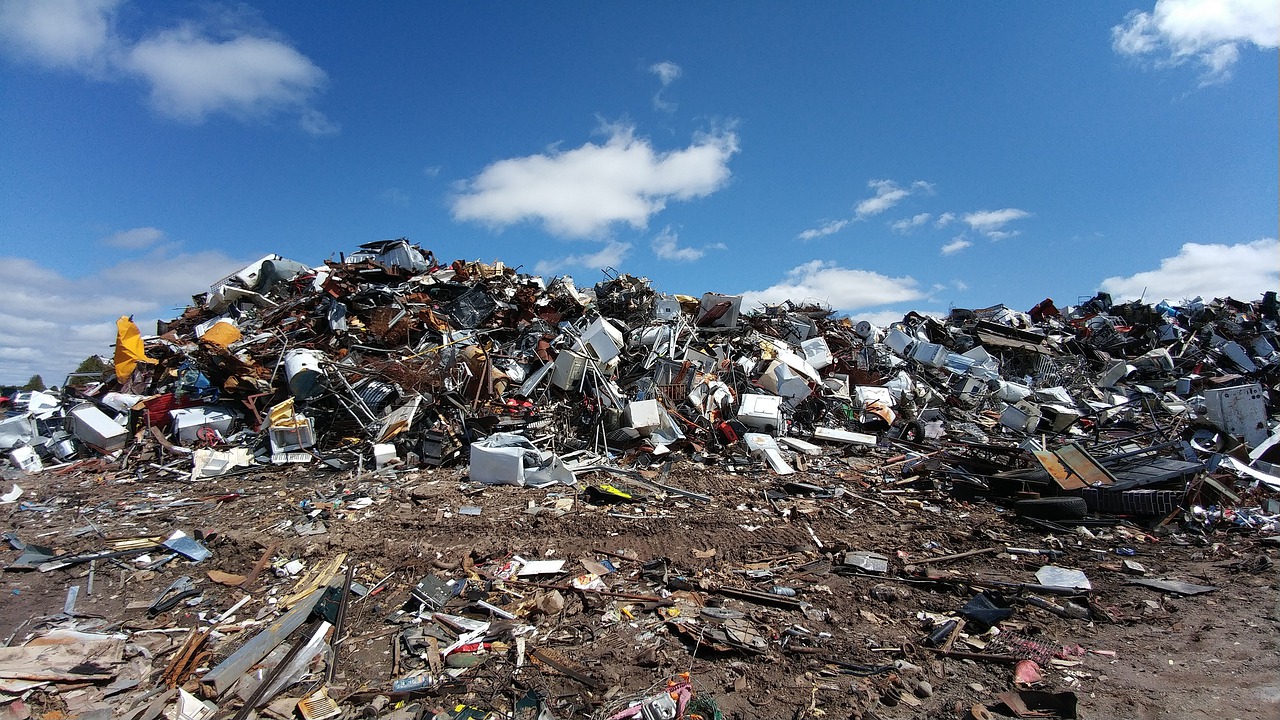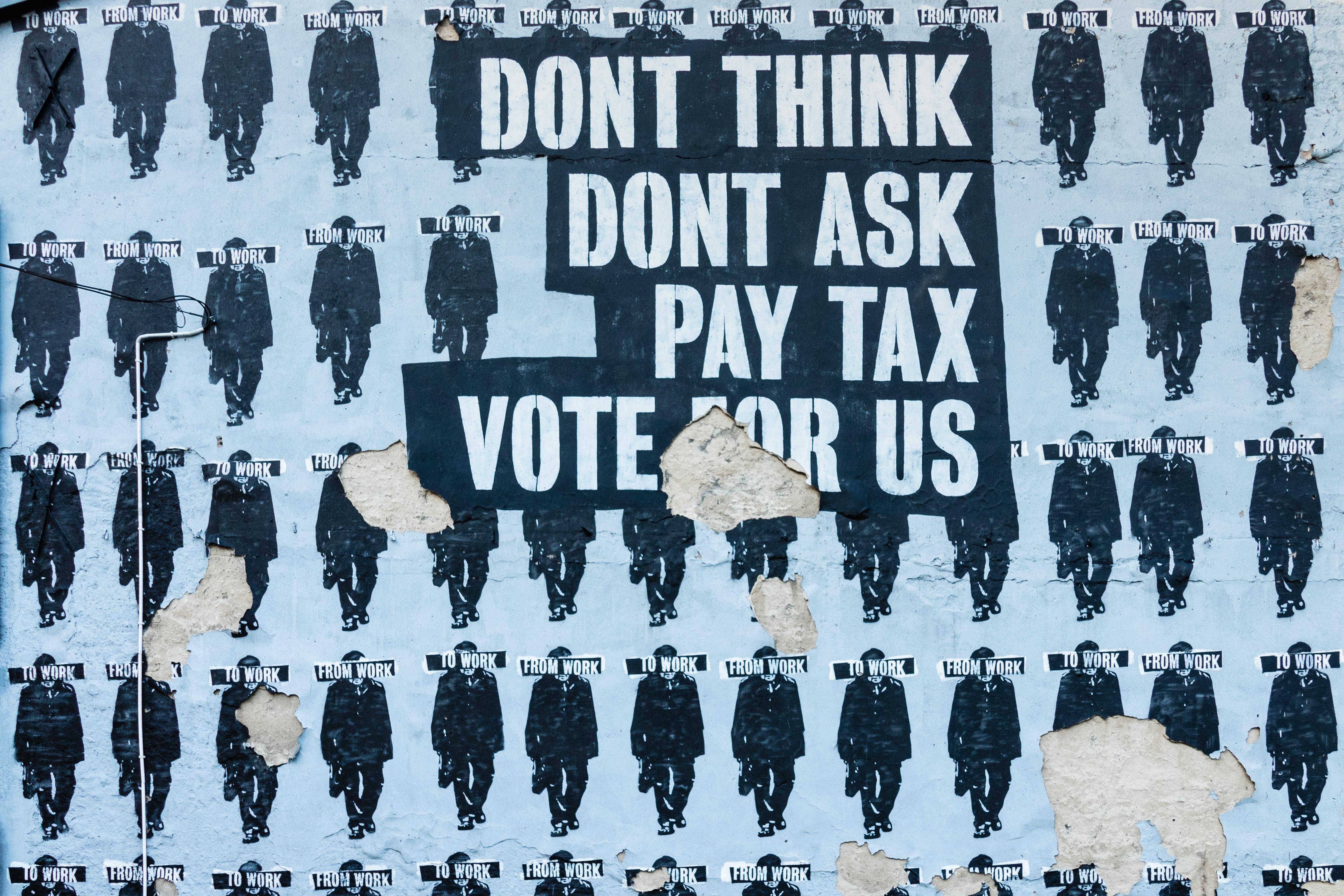Municipal initiatives to promote circular economy (CE) in Germany

Share this Post
Transformations towards a circular economy – what role could cities play?
Moving towards a more circular economy is becoming increasingly important for both environmental and economic reasons. From an environmental point of view, the Paris climate targets can only be achieved by drastically ramping up the circularity of the German economy. At the same time, the economy’s future competitiveness will depend on new circular business models that offer results and services instead of simple products. Germany is somewhat stuck in a rut when it comes to overcoming linear patterns of production and consumption, risking its position as frontrunner due to lack of coordination and of ambitious national policies. Therefore, German cities are shifting towards taking over this responsibility and developing their own municipal strategies for circular economy, zero waste or reuse.
Historically, German cities have had a high level of autonomy with regard to developing and managing local infrastructures, including in the area of waste. This is even part of the German constitution, introduced to serve as an additional barrier against future power grabs like the one carried out by the Nazis, who rapidly instated top-down and bypassed all local administrations (“kommunale Daseinsvorsorge”). Unfortunately, this responsibility has often been misused and led to uncoordinated investments, such as in local waste incineration plants.
The decision of the Federal Constitutional Court regarding climate protection, and the resulting plans for a climate-neutral Germany as early as 2045, are bringing the environmental aspects of waste disposal increasingly into focus. Annual greenhouse gas emissions from waste incineration amount to approx. 20 million tonnes of CO2 equivalents throughout Germany, almost half of them produced by the incineration of household/municipal waste (Thärichen 2021). Significant reduction of these emissions requires consistently closing cycles in the sense of a circular economy, and in particular, preventing waste generation. A prerequisite to this is a comprehensive change in the production and consumption of goods and services – an approach included in the EU’s circular economy concept.
In German federal law, waste prevention has been enshrined at the top of the waste hierarchy since 1996. In Germany, the EU Waste Framework Directive also obliges all federal states to develop a waste prevention programme together with the federal government. However, little has been done to implement this goal at all levels, despite growing scientific and practical attention devoted to the issue in recent years (e.g., Wilts 2018). In NRW, for example, this failure is reflected in an accumulation of household and bulky waste that has not decreased significantly over the last ten years. Important recent changes at the EU and national levels include a ban on certain disposable products and an obligation to use reusable packaging, as well as an extended deposit obligation and the current update of the federal government’s waste prevention programme, first launched in 2013. Yet consistent action on the municipal level is now key. The role of cities in combating environmental problems and achieving sustainability goals, especially with regard to a circular economy, has been highlighted by various national and international organisations in recent years (e.g. OECD 2020).
The 2020 amendment to the Closed Substance Cycle Waste Management Act includes new starting points for better addressing waste prevention at the municipal level. According to §21 KrWG, public waste management authorities are obliged to formulate waste management concepts. An amendment made the obligation more specific: “Waste management concepts and waste balances […] must present measures taken to avoid waste”. The municipal waste advisory duty (§46 KrWG) now also extends to waste prevention measures and includes the obligatory provision of measures and initiatives on waste prevention. However, this narrow definition of municipal activities is not enough for effective waste prevention. In practice, only a very limited repertoire of public sector measures is used. It appears that waste prevention, as an integrated cross-cutting issue, has not yet realised its full potential to create more sustainable business and consumer practices, which could lead to more careful use of resources and reduction of greenhouse gas emissions.
Research on municipal waste policy (like waste policy itself) is biased in favour of collecting and recovering individual waste fractions, and shows a rather narrow understanding of circular economy. Avoidance, on the other hand, is difficult not only to implement, but also to systematically study. The various waste prevention activities carried out by actors in the waste management sector are comparatively well-documented. However, there are significant knowledge gaps regarding the actual implementation of these measures and responsibilities in the public administration. In many areas, waste prevention involves activities that concern “non-waste” and therefore come under the responsibility of administrative departments that usually have no (direct) connection to waste management/disposal. Regarding the broad area of municipal “non-waste agencies”, there are no specifically analysable literature sources or other compilations of implementation activities to date.
There is also a lack of well-founded knowledge about the formal and practical significance of waste prevention in municipalities: what limits and obstacles they face regarding the implementation of waste prevention activities, and what possibilities and starting points exist for strengthening these efforts. According to municipal officials, it is difficult to map the topic of waste prevention within the structure of municipalities, as there is usually a rather classic division of labour with a clearly-defined waste area focusing on waste recovery (and thus on measures that “look good” in waste balances). Municipalities have limited avenues for action, as proper waste disposal is a system that has evolved over many years and implementing new approaches may meet with resistance. This is where Zero Waste City concepts, among others, come in, since they explicitly require an integrated overall strategy at the municipal level and adoption of the concepts by the city council.
Frontrunners pave the way: Zero Waste City concepts and roadmaps
In various German cities, local policymakers have started to develop such zero waste strategies. They are seeking to get relevant stakeholders on board, but the coming years will show whether they have managed to impact national policy. Challenges such as a more circular design of products with regard to reparability clearly cannot be solved on the local level; yet Berlin, for instance, wants to lead the reuse of discarded products and benefit from significant job creation in this area.
A major lighthouse project for local CE approaches was the development of the Zero Waste concept in the state capital of Kiel. This comprehensive action plan shows what Kiel’s path to becoming a Zero Waste City could look like. During the development of the concept, emphasis was placed on actively involving citizens in the joint development of measures and ideas for Kiel to become a Zero Waste City. Mass participation in Zero Waste events indicates high public levels of awareness and enthusiasm for the issue, which is why acceptance of the concept is also considered high. The concept is linked to the Master Plan for 100 % Climate Protection, pushing Kiel’s climate protection activities even further. It also contributes to achieving the 17 United Nations Sustainable Development Goals to which Kiel committed in 2017. Zero Waste literally means “zero waste”, referring to the preservation of all resources through responsible consumption, sustainable production and the reuse and recycling of products and materials. This concept is based on the five-step waste hierarchy, which places waste avoidance as the top priority of all waste management planning. The Zero Waste City certification is a programme run by the international Zero Waste Europe network, which helps cities and municipalities gradually reduce waste – not through incineration or landfills, but by creating and implementing systems that generate zero waste in the first place. The Zero Waste City programme aims to drive a transformation process towards zero waste at the city level, focusing on residents, in order to significantly reduce waste generation and promote separate collection and recycling. Thus, becoming a Zero Waste City also means taking a pioneering role and consistently implementing European waste strategies and directives. Capannori, an Italian municipality, was declared the first Zero Waste City in Europe in 2007; since then, almost 400 European municipalities, such as Parma or Ljubljana, have followed suit. State capital Kiel is now striving to join this international network, following its partner city San Francisco, which has been pursuing a Zero Waste strategy since 2002 and has already achieved great success in waste reduction. It is noteworthy that in Kiel, the idea to become a Zero Waste City came not only from the political system but directly from the residents. The local Zero Waste association – Zero Waste Kiel e.V. – suggested to the municipality that it implement a Zero Waste roadmap. This Zero Waste concept was then jointly developed by various city actors, in partnership with Zero Waste Kiel e.V. as a partner. The concept shows a possible way for Kiel to avoid waste, conserve resources and raise public awareness of Zero Waste, thus developing into a Zero Waste City.
To that end, Kiel has set the following targets: 1) reduce the total amount of annual waste per capita by an average of 15% until 2035; 2) halve household and business waste until 2035 and reduce it to an annual 50 kg per capita in the long term. In addition to these two main targets, 18 sector-specific targets for 2025 to 2050 were set for the sectors of waste system conversion, public administration, households, educational institutions, trade, commerce and public events. A central component of the concept is its catalogue of targets and measures. In addition to the defined targets, the catalogue includes measures identified by local status-quo analysis and research on global good practices, as well as in a series of workshops held by city residents. In total, around 450 people from Kiel took part in Zero Waste events and workshops. After bundling, consolidating and evaluating the measures, 90 implementation measures and 17 communication measures were selected for the catalogue of measures, in order to achieve the defined goals in the best possible way. Of these, an average of five implementation measures and one communication measure per sector are presented in detail as fact sheets. These measures include making zero waste more prominent in education and in training, informing and sensitising the population about waste avoidance and separation, while also creating services and economic incentives that enable and support low-waste lifestyles. Within the framework of the Zero Waste concept, a business-as-usual scenario and a zero waste scenario have also been developed. The zero waste scenario shows that by consistently implementing the prioritised measures, household and business waste can be reduced by some 50% until 2035 and by 70% until 2050, compared to 2017. Thus, the goal of halving household and business waste by 2035 can be achieved – taking into account all the associated uncertainties.
Outlook: The need for urban laboratories for systemic change
The emergence of municipal CE initiatives as outlined above could have important implications for the specific challenge of supporting a circular economy. Local actors such as public waste management companies often have very close ties to local businesses and residents. They can translate the abstract concept of circular economy into concrete opportunities – even if this means completely reinventing their future responsibilities. If cities like Munich or Kiel actually manage to halve generation of residual waste, what does that mean for the employees of the companies who are in charge of disposing this waste?
Given these changing legal, political and economic conditions, municipal actors face a number of challenges to becoming key actors in the transformation to a circular economy and concrete supported of waste prevention.
First, as described above, there is a lack of systematic data on which types of waste prevention measures municipalities have taken, which instruments they use, which sectors they cover, at which level of ambition they operate and who is responsible for implementation.
Second, there are no findings on what determines whether and at what level of ambition municipalities devote themselves to waste prevention, i.e. why a few municipalities are “pioneers” while many others lag behind. There are no reliable findings on meaningful and sustainable starting points to support municipalities in ongoing efforts or to induce them to begin such efforts.
Third, beyond individual studies on best practice cases, there are little data and above all, no generalisable knowledge about the conditions for the success of such measures. What resources do waste prevention measures require, what difficulties do they encounter, and what concrete changes can they bring about? Why has a certain measure led to considerable waste prevention success in one city, but remained completely ineffective in another?
A fourth central knowledge gap concerns the efficiency of measures implemented (in relation to monetary expenditure). Municipalities usually have very limited budgets to support waste prevention measures – and lack a basis for clearly prioritising measures. Therefore, the project aims to gather the current knowledge and self-assessments of municipalities and use them to carry out specific analyses on prioritisation (a good comparison is Ireland, where data have been compiled for years on the effectiveness and efficiency of public funding in waste prevention, see Fischer et al. 2017).
Future research, which would hopefully improve understanding of these complex interconnections, could support the development of urban laboratories for transformative change. These would bring together municipal actors, as well as representatives of industries, civil society and research institutions, to jointly develop and test alternative solutions. As climate neutrality and a resource-light society will require fundamental changes, such laboratories could become the nucleus for developing concepts for this kind of systemic change.
————————————————————————————————————————————————–
This spotlight is published in the framework of the European-Israeli Forum for Environment and Sustainability, a joint initiative by the Israel Public Policy Institute (IPPI) and the Heinrich Böll Stiftung Tel Aviv.
The opinions expressed in this text are solely that of the author/s and do not necessarily reflect the views of the Israel Public Policy Institute (IPPI) and/or the Heinrich Böll Stiftung Tel Aviv.
Share this Post

Updating Democracy for Future Generations: Adding a Fourth Branch to the Separation of Powers Model
Over the past two decades, political science has engaged in a lively debate about the “presentism” of democracies,…

Climate Legislation – Perspectives from the OECD
On December 7th, 2020, IPPI organized an international experts’ workshop dedicated to the subject of Climate Legislation. Policy…

The Quantum Internet: A Network for All?
From optimizing production in manufacturing, to allocating hospital beds, to operating door entry systems of smart buildings, the…
